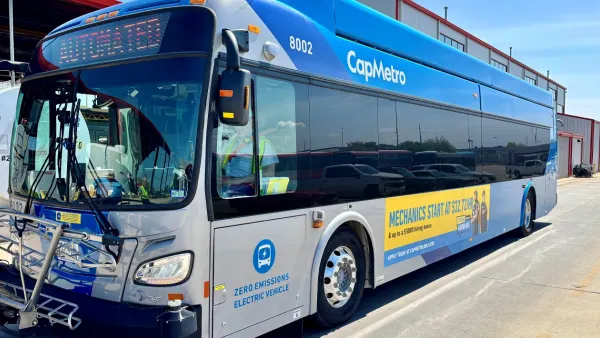Dive Brief:
- The U.S. PIRG Education Fund released a report examining how transit agencies and school districts can finance a switch from diesel or natural gas to electric buses, considering the higher up-front electric bus cost remains the largest deterrent.
- The report suggests that cities consider financing through municipal bonds, local option transportation taxes and federal, state and regional grant or incentive programs. It also suggests partnering with utilities to lock in favorable rate structures to help with the cost of charging vehicles.
- The report explains that initially, electric transit buses are 40% more expensive than diesel versions, and electric school buses are more than double the cost of diesel versions. However, electric buses reportedly provide cost savings over their complete lifecycle.
Dive Insight:
The report recommends that cities and school districts immediately stop purchasing diesel buses and commit to a transition to electric buses by 2030 to reap the most health, environmental and long-term cost benefits.
Municipalities frequently struggle with the best way to fund programs and big ticket purchases with their tight budgets and sometimes waning financial support from the federal government. Electric buses are one item that some cities are hesitant to adopt solely because of the high cost of purchasing the vehicles and necessary infrastructure.
But price differences between electric and diesel or natural gas buses continues to narrow as the market expands and technology improves. The report offers formulas for calculating cost differences between electric and diesel buses as well as operating costs over time. Those and the financing recommendations could help municipalities discover viable solutions for making the transition to electric vehicles.











